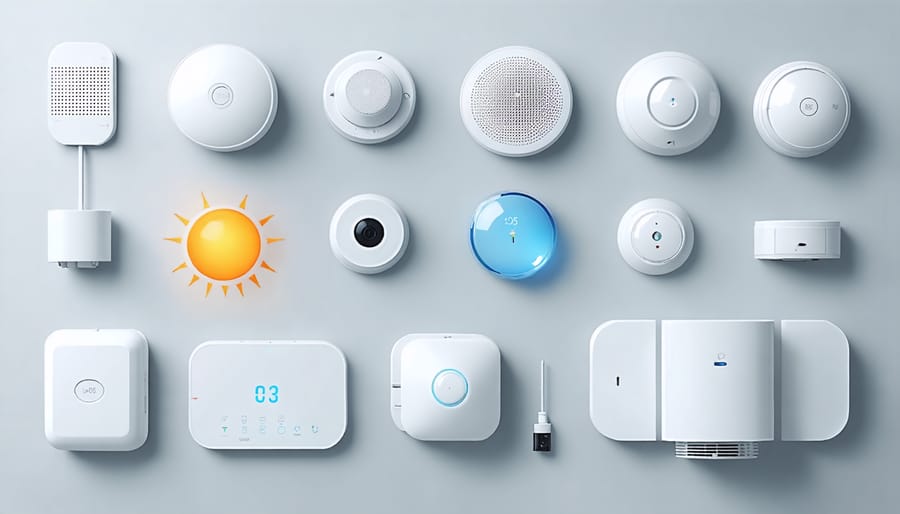
The Application of Sensors in Smart Home Appliances
Global electronic component supplier AMPHEO PTY LTD: Rich inventory for one-stop shopping. Inquire easily, and receive fast, customized solutions and quotes.
The application of sensors in smart home appliances is central to enabling automation, efficiency, safety, and user convenience. Sensors provide the data needed for smart systems to make decisions and respond to environmental changes. Below is a breakdown of how different types of sensors are used in various smart home applications:

Common Types of Sensors in Smart Homes
| Sensor Type | Application in Smart Home Appliances |
|---|---|
| Temperature Sensors | Thermostats, air conditioners, heaters, refrigerators – to monitor and control temperature settings automatically. |
| Humidity Sensors | Humidifiers, dehumidifiers, HVAC systems – to regulate moisture levels in the air. |
| Motion Sensors | Security systems, smart lights – to detect presence or movement and trigger responses (e.g., turning on lights or sending alerts). |
| Proximity Sensors | Automatic doors, faucets, and lighting – to detect nearness and activate devices without touch. |
| Light Sensors (LDRs) | Smart lighting systems – to adjust light intensity based on ambient light. |
| Gas/Smoke Sensors | Smart smoke detectors, gas leak detectors – to enhance home safety. |
| Sound Sensors (Microphones) | Voice-controlled assistants (e.g., Alexa, Google Home) – to enable voice interaction. |
| Water Leak Sensors | Washing machines, dishwashers, plumbing – to detect leaks and prevent flooding. |
| Pressure Sensors | Washing machines, HVAC systems – to monitor water or air pressure. |
| Touch Sensors | Smart switches, control panels – to enable user interaction. |
| Occupancy Sensors | Smart HVAC and lighting – to detect people in rooms and optimize energy usage. |
Real-World Examples
1. Smart Thermostats (e.g., Nest, Ecobee)
-
Sensors used: Temperature, humidity, motion.
-
Function: Automatically adjusts heating/cooling based on room conditions and user presence.
2. Smart Refrigerators
-
Sensors used: Temperature, humidity, weight.
-
Function: Maintain ideal conditions for food preservation, alert for open doors, suggest shopping lists.
3. Smart Lighting Systems (e.g., Philips Hue)
-
Sensors used: Light, motion, occupancy.
-
Function: Automatically adjust lighting based on room usage and daylight levels.
4. Smart Security Systems
-
Sensors used: Motion, door/window contact, video, sound.
-
Function: Detect intrusions, send real-time alerts, integrate with alarms and smart locks.
5. Smart Washing Machines
-
Sensors used: Load sensors, water level, vibration.
-
Function: Adjust wash cycle based on load, detect imbalance, optimize water usage.
Benefits of Sensor Integration
-
Energy Efficiency: Automatically turn off unused devices or optimize usage (e.g., lights, HVAC).
-
Enhanced Security: Real-time alerts, remote monitoring, automatic lock systems.
-
Convenience: Hands-free operation, remote control via apps.
-
Predictive Maintenance: Alerts for anomalies or maintenance needs (e.g., filters, leaks).
-
Personalization: Learns user preferences and adapts over time.
Future Trends
-
AI-enhanced sensors for better decision-making.
-
Environmental monitoring for air quality, CO₂ levels.
-
Integrated multi-sensor systems for context-aware automation.
-
Battery-less sensors powered by energy harvesting.
